Wild Garlic Salsa Verde
This not-so-traditional but highly seasonal salsa verde is a great way to extend the availability of wild garlic as an ingredient without pickling or fermenting it. Salsa verde means “green sauce” and is traditionally made from herbs such as basil and parsley. It is used to dress dishes as well as a cooking medium. If you eat meat, this sauce will pair with anything from red meat, oily fish to pan fried or battered squid. For those of you jumping head first into asparagus season, add a healthy spoonful of this into your pan fried asparagus right at the end of cooking to release the aroma, then use the excess verde and butter a your sauce. Sound good?
The most basic salsa verde is made from five ingredients, but here we have made it vegan for versatility, omitting the anchovies. To balance the flavour, we’ve added more capers than you’d find in a traditional green sauce, but if you’d rather add the fish then use 1 to 2 anchovies (or a pinch of salt).
Foraging
By now you’ll be more than familiar with what I’m about to say. I should probably write up a default page on the rules, etiquette and laws around the world of foraging and wild foods, then link to it every time we feature a foraged ingredient in a recipe… I think I will! But for now I’ll keep it short and sweet.
Never take more than you need, never pick a protected species, never trespass, and always respect the natural habitat. It’s important to leave enough for everyone as well as not to damage the plants by removing too much. It is good practice to cleanly cut a plant you forage and not tug at it, this way you don’t damage the roots and allow it to recover for the following season.
One of the main attractions in foraging is the wonderful flavours we find in plants and fungi that have grown in their natural habitat and far from the destructive and artificial environments of conventional agriculture. Having said this, harmful chemicals can still find their way into faragable ingredients that grow close to roads. For this reason, I tend to leave anything growing at the side of the road or footpath alone in favour of that which grows in the heart of a habitat.
Lastly, be mindful of dangerous lookalikes. In the case of wild garlic, you need be aware of Lily of the Valley. This highly poisonous plant shares a lot of characteristics with wild garlic but flowers differently and doesn’t have any of wild garlic’s beautiful aromatic qualities.
FYI: As of now, April the 28th, wild garlic is now in flower. These little white gems are also edible and taste delicately of garlic with notes of pollen. (See the photo below).
Wild Garlic Salsa Verde Recipe
120ml olive oil
A pinch of salt
4tbs capers (rinsed)
100g wild garlic
1tsp of dijon mustard
4 cloves of garlic
(Optional: 2tsp red wine vinegar)
1 sterilized jar and lid
Step 1.
Wash your wild garlic and allow it dry for half an hour (or use a salad spinner). Whilst it dries, crush and peel your garlic cloves. Add all the ingredients except for the olive oil into a blender (or use a stick blender in a bowl) and blend on low until everything is roughly broken up.
Step 2.
Remove the ingredients from the blender and stir in the oil until everything is nicely covered. A salsa verde should be more coarse than a pesto with a pleasant texture. Taste test for seasoning and acidity and add more salt or red wine vinegar as required. When putting it in the jar, make sure there is enough oil to cover the ingredients. This will form a barrier against the environment and protect the food from turning. Store the jar in your fridge for 2 months (after one month has passed the colour will become less vibrant but this is not a sign of spoilage).
Note: we aren’t pasteurizing the jar due to the delicate nature of the wild garlic, so this 2 month shelf life counts from the moment the salsa verde is made, not from opening the jar.





